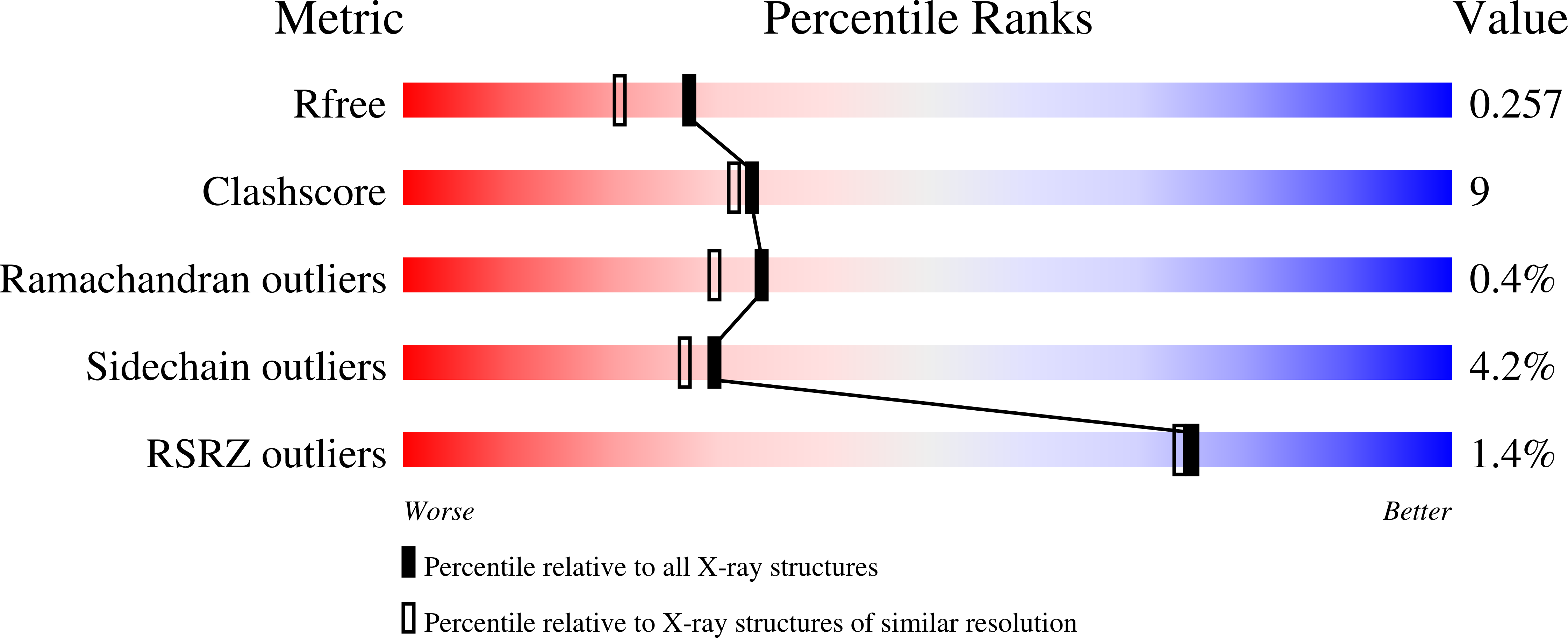
Deposition Date
2003-04-13
Release Date
2003-06-10
Last Version Date
2024-10-30
Entry Detail
PDB ID:
1P1Q
Keywords:
Title:
Crystal structure of the GluR2 ligand binding core (S1S2J) L650T mutant in complex with AMPA
Biological Source:
Source Organism:
Rattus norvegicus (Taxon ID: 10116)
Host Organism:
Method Details:
Experimental Method:
Resolution:
2.00 Å
R-Value Free:
0.27
R-Value Work:
0.21
R-Value Observed:
0.22
Space Group:
P 21 21 2


